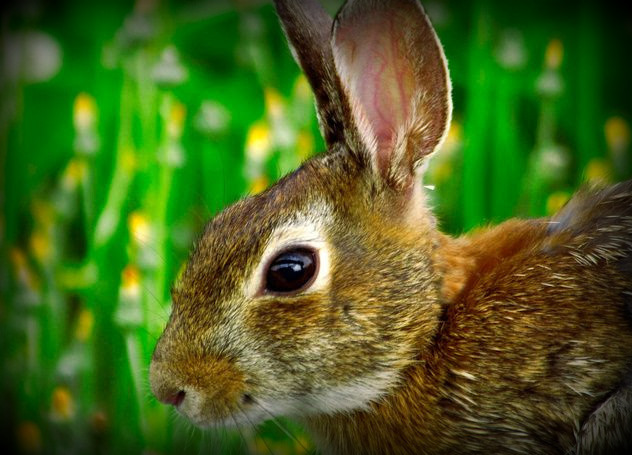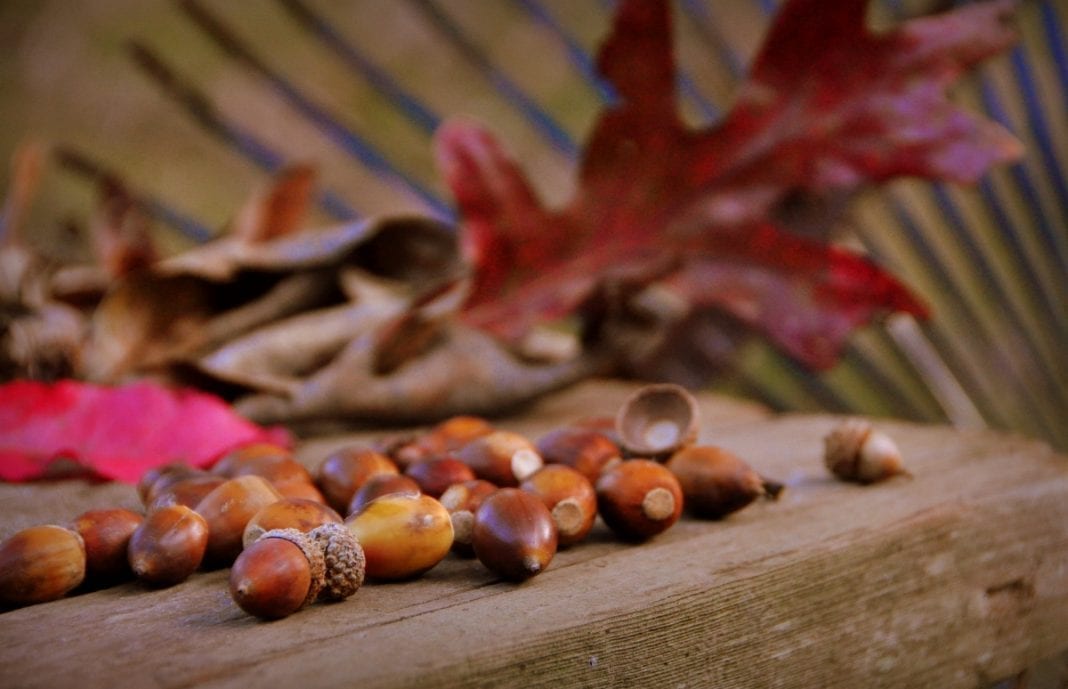
Hunting and trapping seasons for small game in West Virginia will commence in mid-October, and wildlife biologists with the state Division of Natural Resources are predicting good opportunities for success this season.
An increase in the availability of mast this year and a mild winter in 2016-2017 should contribute to a bountiful season, according to a release from the division.
Ruffed-grouse season begins Oct. 14 and ends Feb. 28. Hunters should look for grouse in five- to 20-year-old timber cuts with abundant soft-mast producers like grapes, hawthorn, dogwood, greenbrier. The daily bag limit will be four.
Raccoon-hunting season opens Oct. 14 and ends Feb. 28. Hunters with hounds should enjoy successes similar to the '16-'17 season, provided they pay attention to river bottom areas near favored food sources. The daily bag limit will be four raccoons per hunter or group of hunters.
Cottontail rabbit numbers remain stable in quality habitats such as old fields and brier thickets. Opportunities should remain high this season, which runs Nov. 4 through Feb. 28. The daily bag limit will be five.
Hunting seasons for snowshoe hare, bobwhite quail, bobcat and red and gray foxes open Nov. 4. Hunters should check the hunting regulations summary for specific closing dates for each species.
Red and gray fox night-hunting will begin Jan. 1 and run through Feb. 28.
Trapping seasons for red and gray foxes, raccoon, mink, muskrat, coyote, skunk, opossum, and weasel open Nov. 4 and close Feb. 28. Populations look good for all species, and trappers should see more animals available due to a low harvest last year and a relatively mild winter.
Bobcat, fisher, beaver and otter seasons open Nov. 4. Trappers should check the 2017-18 regulations summary for the closing dates for each species. These species must be electronically registered within 30 days of the close of season.
Sign up to receive a FREE copy of West Virginia Explorer Magazine in your email weekly. Sign me up!

